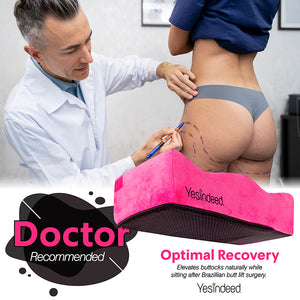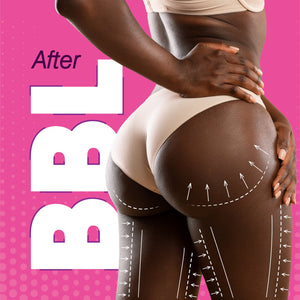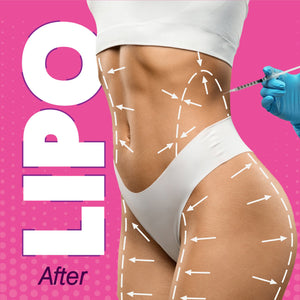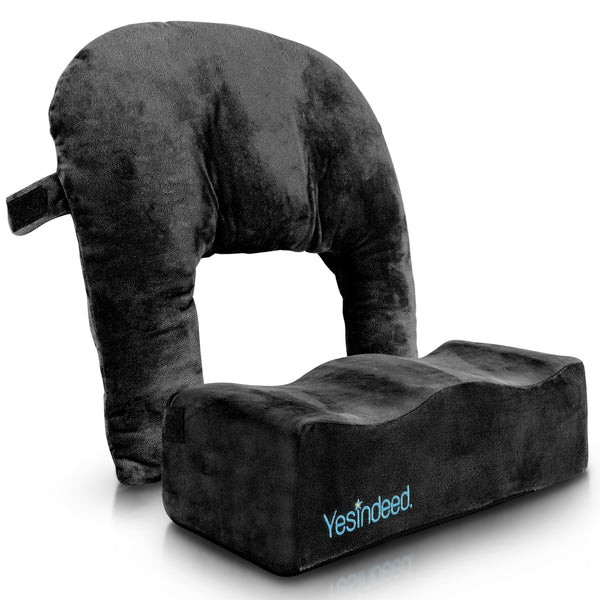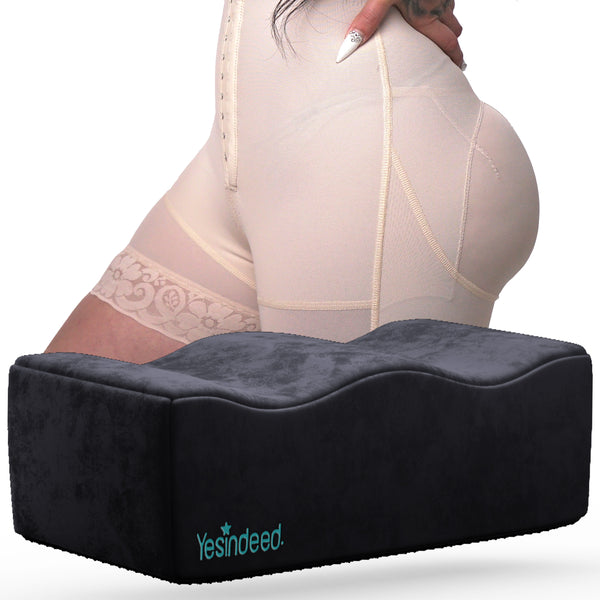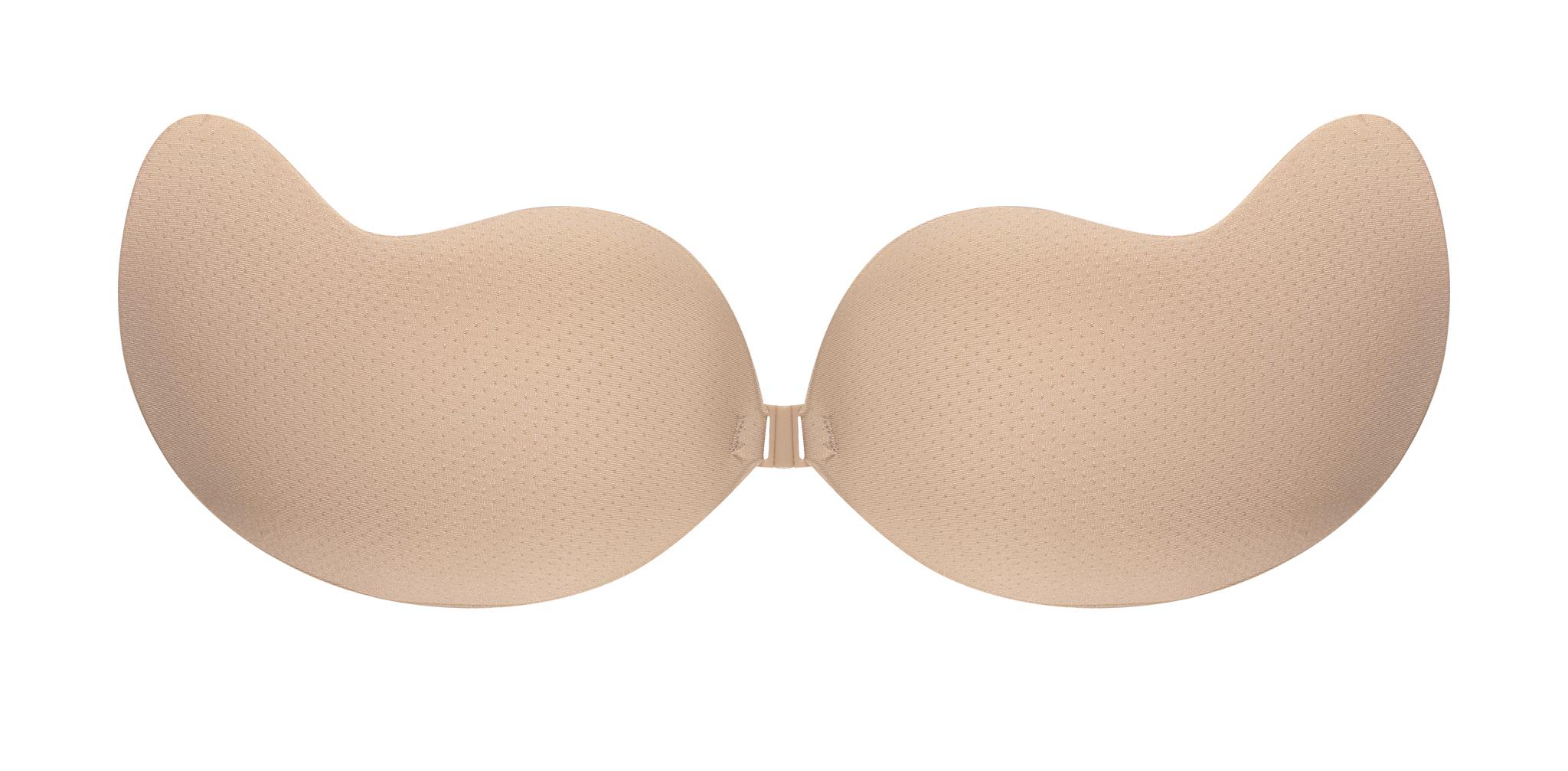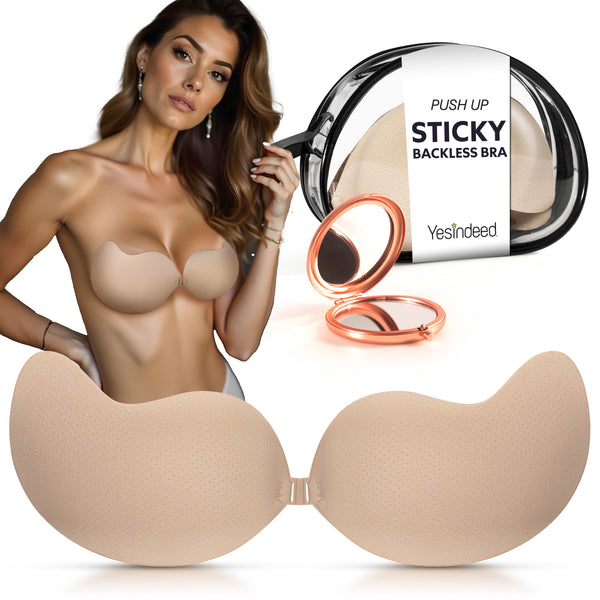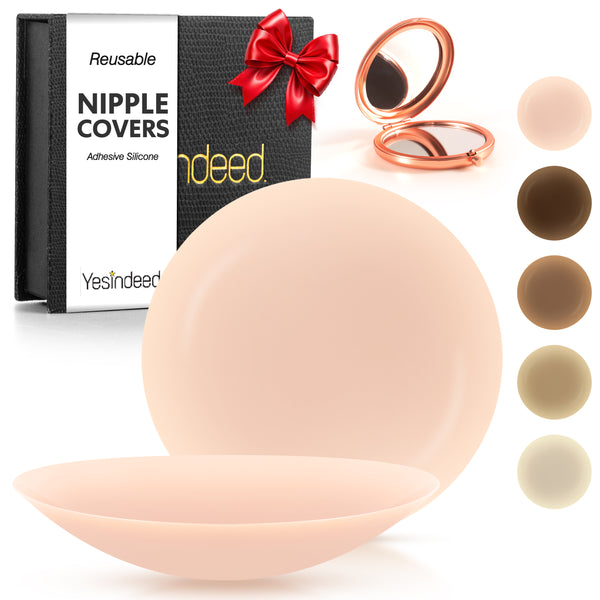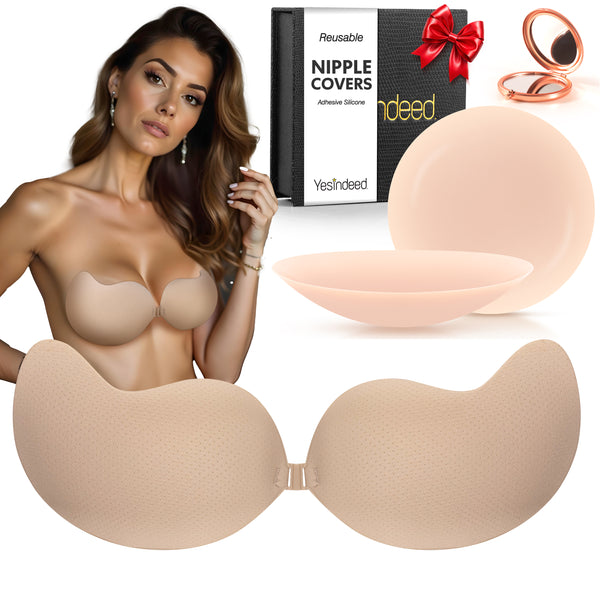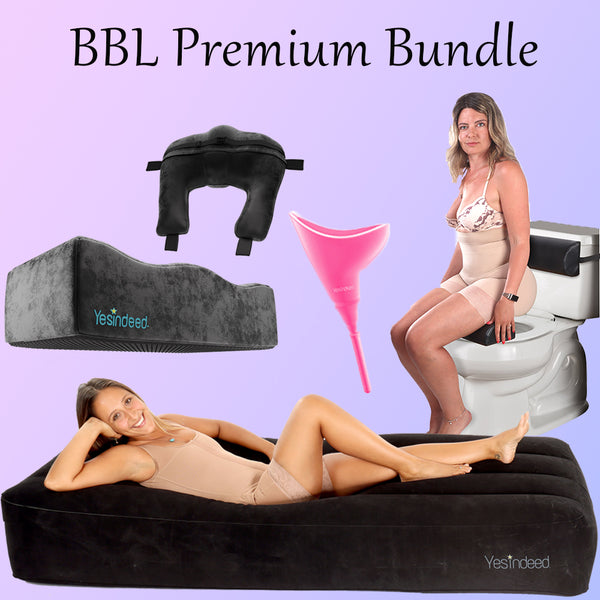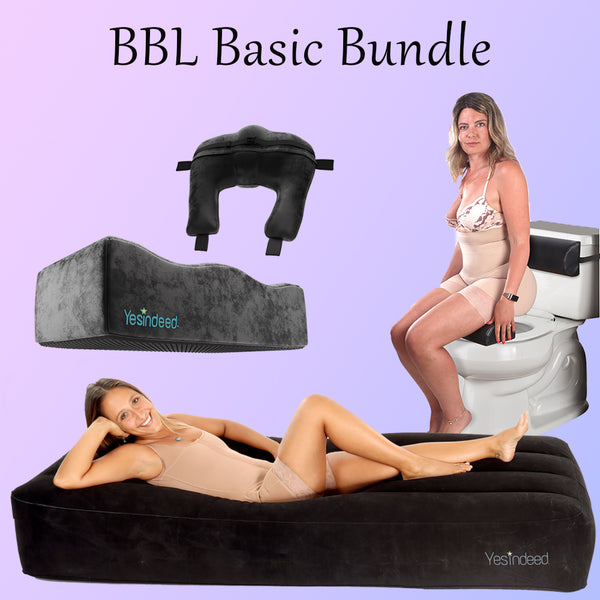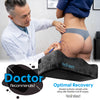Liposuction, commonly referred to as "lipo," is a well-loved beauty procedure. However, one frequent question that arises is about the markings from the lipo foam used post-surgery. Let's explore why this foam creates imprints and tips to minimize them for a more polished recovery look.
Unveiling Lipo Foam
After undergoing a lipo procedure, patients often find themselves introduced to lipo foam. This cushy pad is designed to sit between the skin and the compression wear, offering relief and an even distribution of pressure, making the healing phase more comfortable.
Why The Foam Imprints?
When you spot those imprints, it's primarily the foam working in tandem with the top compression garments, especially when there's swelling in the freshly treated areas. The texture of the foam and the consistent pressure can lead to these temporary marks.
The After-Effects Of Lipo
Post-lipo, it's quite standard for folks to feel a mix of sensations - from mild tingling and redness to feelings of soreness or even a burning sensation. These effects are generally short-lived and will vary based on both the patient and the exact procedure details.
Sorting Regular Healing From Issues
While many after-effects are par for the course post-lipo, symptoms like potential infections or unusual fluid accumulation warrant attention. So, always keep the lines of communication open with your medical team to differentiate between standard healing and possible complications, ensuring you're on the right track.
Strategies To Minimize Marks From Lipo Foam

Following are the strategies to minimize lipo foam marks on the body.
Choose The Right Compression Garment Size
The size and fit of the compression garment play a crucial role. Too tight, and it can cause excessive bruising and markings. A correctly fitting garment helps evenly distribute pressure, reducing the risk of deep imprints.
Rotate And Clean Foam Regularly
To prevent the buildup of fluids, bacteria, and dead skin cells, it's essential to clean the foam regularly. Rotating it also helps distribute pressure points, ensuring no single area bears prolonged pressure.
Opt For Seamless Or Smooth-Surfaced Foam
Some foams have a more textured surface, increasing the chances of leaving impressions. Opting for smoother foam variants can mitigate this issue.
The Connection Between Swelling And Marks
Post-liposuction swelling, or edema, is the body's natural reaction to trauma. When compression garments are worn over lipo foam during this period, the swollen tissues can push against the foam's texture, leaving temporary imprints. Understanding this can help patients be more patient and less alarmed when they observe such marks.
The Role Of Skin Elasticity
Skin elasticity varies among individuals. Those with more elastic skin might experience fewer marks from lipo foam, while others might find the marks more pronounced. Age, hydration, genetics, and overall health can all influence skin's elasticity.
Tips For A Smooth Recovery Journey
Following are the tips for you to follow for recovery.
Maintain Hygiene To Prevent Infections
Ensuring that both the lipo foam and the surgical area are kept clean can significantly reduce the risk of infection. Regular cleaning of the foam and frequent changing of bandages can ward off bacteria.
Stay Hydrated And Follow A Nutritious Diet
Proper hydration aids in reducing swelling. Consuming a diet rich in vitamins and minerals can speed up the healing process. Foods like pineapples, which contain bromelain, can help reduce inflammation.
Avoid Tight Clothing Over The Treated Area
While compression garments are recommended post-surgery, excessively tight clothing can aggravate the skin and exacerbate foam markings. Ensure clothing is snug but not constricting.
Insights From Professionals: Lipo Foam Best Practices

It covers the proper ways and benefits of using lipofoam.
The Importance Of Regular Check-ups
Post-surgery, regular check-ups with the surgeon are vital. These sessions allow for monitoring of the healing process, addressing any complications, and answering patient questions about lipo foam use and other recovery-related topics.
Personalized Recovery Plans
Every individual's body reacts differently to surgery. Professionals often tailor recovery plans based on a patient's unique needs. Adhering to these plans, from lipo foam usage to activity levels, can help in achieving optimal results.Conclusion
In conclusion, while lipo foam is an invaluable asset to many liposuction patients, it's crucial to use it correctly to avoid unwanted marks and impressions. With the right care, knowledge, and open communication with healthcare profes
sionals, patients can optimize their recovery and enjoy the results of their procedure with minimal hitches.
Frequently Asked questions
Are There Different Types Of Lipo Foam Available?
Yes, various types and densities of lipo foam exist, tailored to the specific needs and preferences of patients and surgeons alike.
Can lipo Foam Be Reused For Future Procedures?
It's advised to use fresh lipo foam for each procedure to ensure hygiene and maximum effectiveness.
How Often Should I Replace Lipo Foam During Recovery?
Replace your lipo foam when it becomes worn out, dirty, or loses its cushioning property, usually every few days or as advised by your surgeon.









